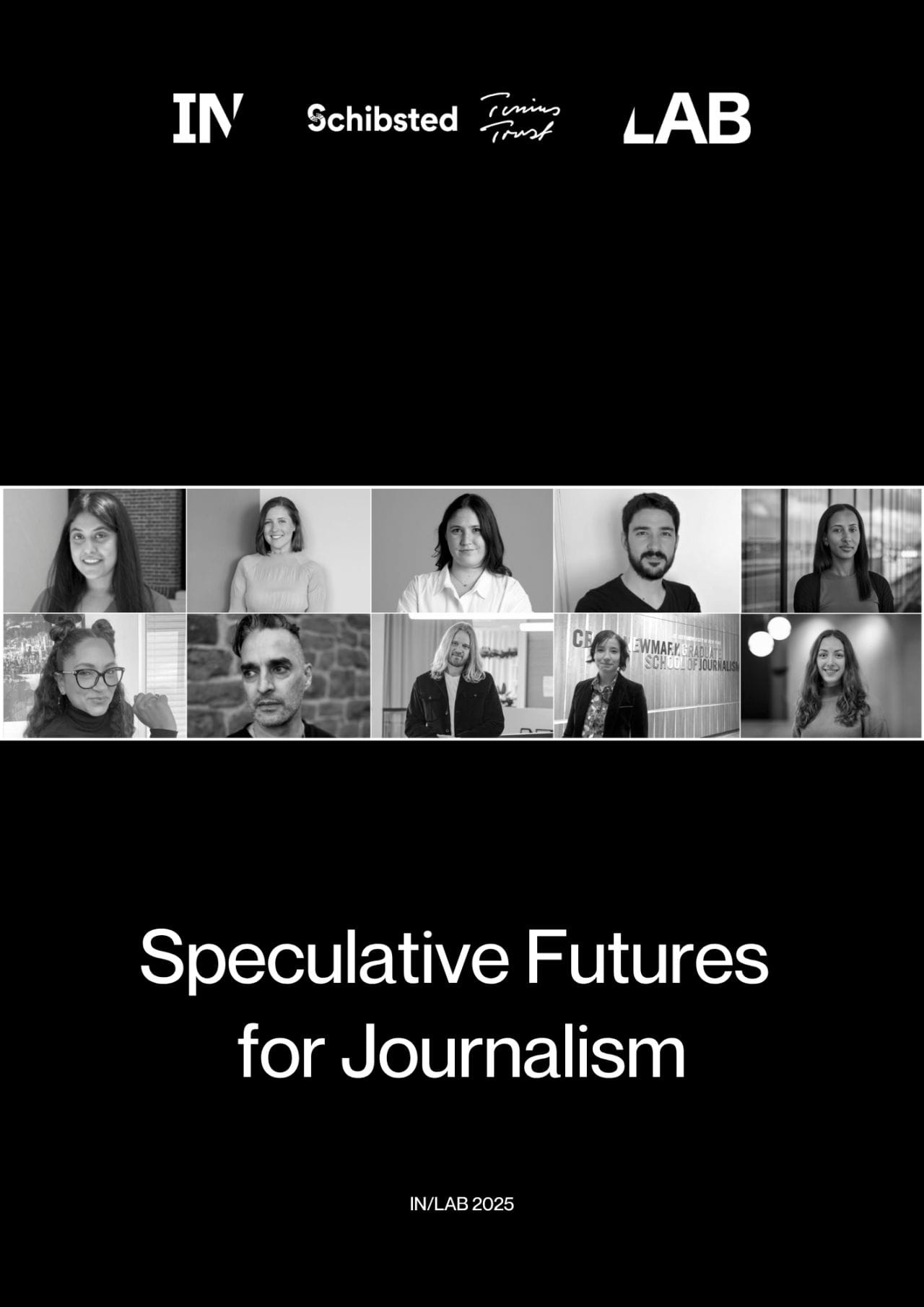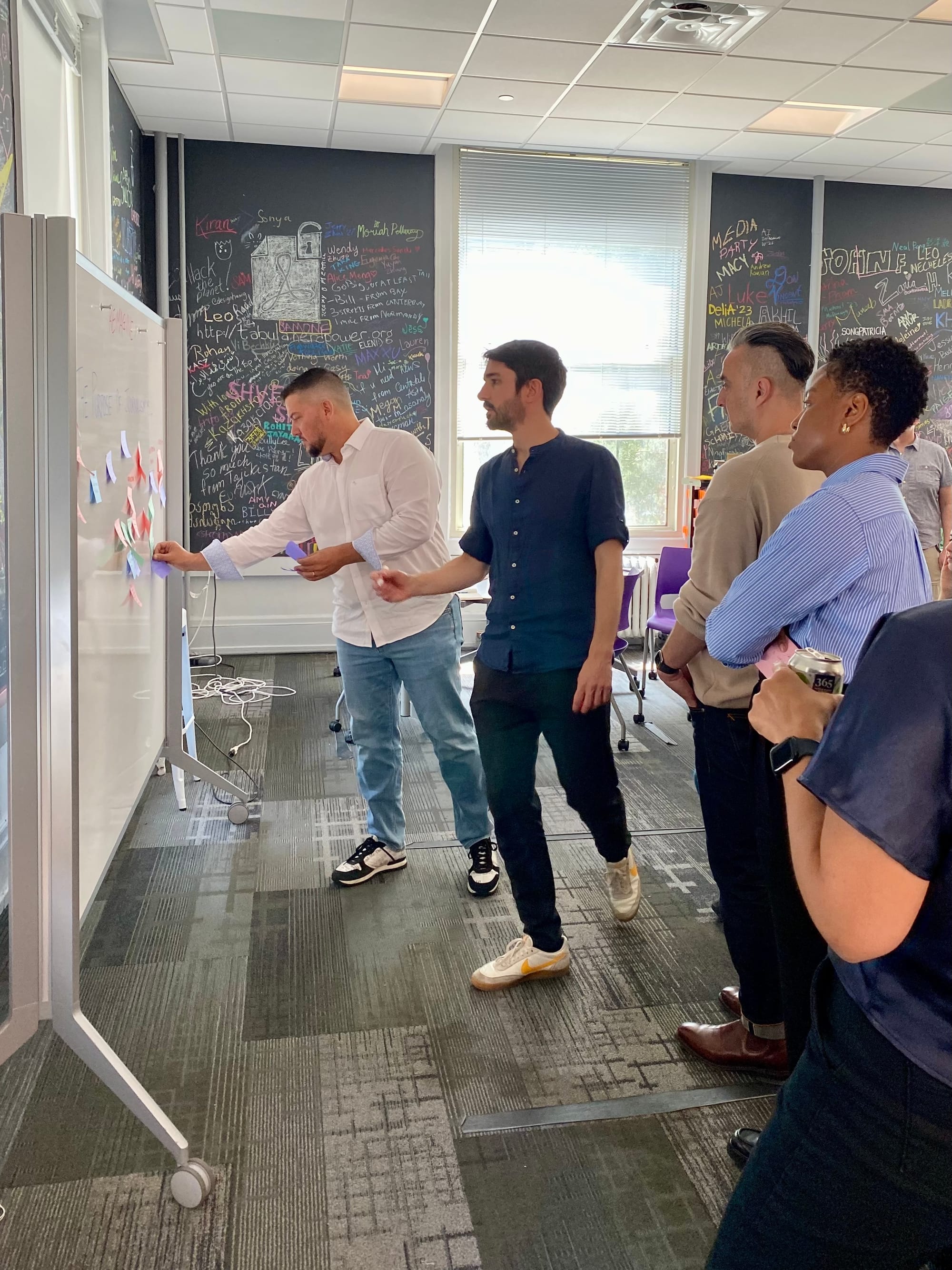🔶 News Alchemists #23: "When journalism chooses people over content"
It’s June 2030, and something strange just happened.
I just finished reading this year’s edition of the Digital News Report by the Reuters Institute for the Study of Journalism. According to the report, for the first time in a decade, the proportion of people that pay for online news increased compared to the year before.
This is a big deal. The number has been stalling at around 17% for years. Now it’s at 21%. Still low, but a significant and unexpected improvement.
And yet, I feel that I shouldn’t be surprised. The signs that something was changing have been there for a while. I think we were just all too disheartened by the state of the industry – declining engagement and trust, seemingly unattainable sustainability – to allow ourselves to acknowledge them.
The tide probably started to turn around 2024.
I remember one paragraph from that year’s edition of the Digital News Report that sounded like a desperate appeal: something about how urgent it was for news organisations to showcase their value to audiences, demonstrating why they were worth paying for.
And I’d say that, for once, people across the industry actually listened.
I can barely recognise some of the organisations that were struggling just a few years ago. They now understand that creating value for their audiences requires an approach that is not based on the mindless creation of content. They play new roles in their communities, optimising most of their activities for belonging and participation. They write less and listen more. “Live journalism” now is just… journalism.
The media ecosystem is also much more diverse than it used to be. Individual creators, collectives of journalists and niche publications are finding new ways to be sustainable by relentlessly focusing on the needs and aspirations of their audiences.
Other organisations that were prominent just a few years ago don’t exist anymore. They failed to embrace this change. Their best people left, frustrated by the growing gap between purpose and practice in their jobs. And audiences left with them.
News coverage looks different, too. News agencies still cover 'the news' and update us on what happens in our cities, countries, and abroad. Everyone else mostly dropped the news to focus on information and activities that actually help people.
'Human-centred' used to be just a design buzzword. Today it’s the approach that most organisations apply to everything they do.
And in the last couple of years, paywalls went down. Most organisations now adopt membership and donation models that help audiences feel less like users and numbers, and more like contributors and active participants – complicit in the mission of journalism to serve society through valuable and reliable information.
Good journalism that is created as a social service, and aimed at promoting action, is in demand.
Audiences and journalists now get to know each other not as subscribers on one side and bylines on the other, but as human beings trying to make sense of the world. Together.
People report feeling more seen, safe, and included. Many even say that journalism is playing a positive role, by helping them navigate their lives and participate in their communities.
21% is just a number. People paying for news is never the goal. It never was.
It’s a symptom, though. A symptom that shows that the relationship between journalism and the people is healing.
There’s a lot of work ahead to do. But today all the efforts seem…worth it.
How did that make you feel? Hopeful? Or more like reading about some utopian future that deep down you know will never materialise? I hope the former.
That's a scenario I wrote for Speculative Futures for Journalism, a collection of scenarios that explore different ways journalism could evolve over the next 5-10 years.

It's not only a fascinating and imaginative set of scenarios that invite us to reflect on the kind of future we want to help shape. What makes me really excited to share this new report is that it's also the first tangible outcome of a collaboration between News Alchemists and another organisation – in this case the amazing team at IN/LAB that coordinated the project! 🥳
IN/LAB is an innovation lab co-founded by Schibsted and Tinius Trust that focuses on inclusive news experiences to reach new audiences. It is led by my friend 🧞Agnes Stenbom, one of the members of the original News Alchemists crew, and the co-author of one of the other scenarios you will find in the report.
(I shared another excellent report by IN/LAB in the sixth edition of this newsletter.)
Actually, all the scenarios are written by founding members of News Alchemists – or by colleagues they invited to contribute. The scenarios include:
What if journalists shifted from being authors to facilitators, focusing on bridging diverse experiences? – By 🧞Saskia Falken, Daily Maverick
What if the relentless push for critical thinking and the fight against disinformation creates a generation of little conspiracy theorists – unable to trust anything? – By 🧞Martin Schori, Aftonbladet
What if the future of news wasn't just about staying informed, but finding your tribe? – By Agnes, 🧞Nikita Roy (Newsroom Robots) and 🧞Feli Carrique (News Product Alliance)
What if decentralised networks replaced traditional media institutions for solving societal challenges? – By 🧞Shirish Kulkarni, Media Cymru
What if extreme media concentration, coupled with the rise of urban news deserts, leads to an uninformed citizenry lacking diverse perspectives? – By 🧞Annika Ruoranen, Yle
As Annika wrote on LinkedIn, the process of imagining and writing these scenarios was insightful and inspiring – the results, hopefully as well.
Dispatch from Illinois
In the last edition, I wrote that I wasn't sure I would be able to send this newsletter because last week I had to prepare for facilitating a workshop at Northwestern University on Friday.
The timely publication of the IN/LAB report proved me wrong, allowing me to send this special edition with six scenarios in place of the usual seven links – which, as expected, I didn't have time to curate because the preparation for the workshop took up most of the week.
And it was soooo worth it: a full day spent in the company of a dozen smart and inspiring media professionals who came to Chicago from across the US and beyond to reimagine journalism together, exploring questions around the purpose of journalism; what it should enable us to feel, think, and do; and what parts of the process of doing journalism need reimagining.
A day full of challenging and inspiring conversations, and the first in-person event I facilitated since the pandemic – something I did not realise how much I had missed.
This week is all about processing the many ideas that bounced around during the workshop, and I'm looking forward to sharing the takeaways with you in the upcoming editions of the newsletter.
See you next week! 👋

What is this newsletter?
The relationship between journalism and the people it aims to serve is broken. But we can heal it if we learn to put audiences and communities at the centre of everything we do. The News Alchemists newsletter wants to help you to do just that.
Every week I share seven links to give you some hope and to introduce you to the many smart, kind, and courageous people (🧞) who strive every day to use journalism as a force for good in society – and to the organisations (🧩) that show us that a different journalism is possible, and profitable.
To respond to this newsletter, just hit reply. I love hearing from you and reading your questions, comments, and suggestions.
If someone forwarded you this email, and you'd like to receive it too, sign up here.


Member discussion